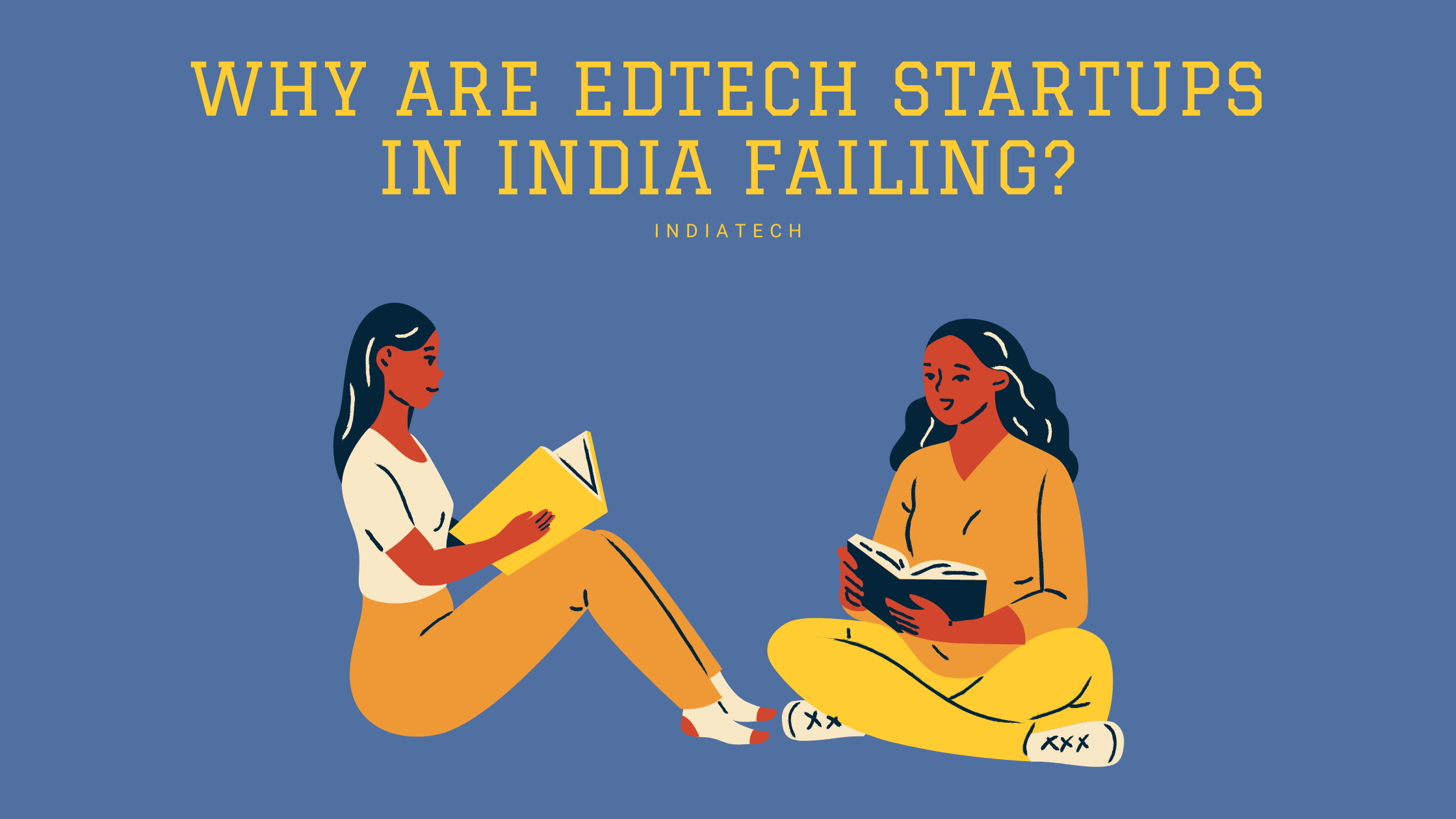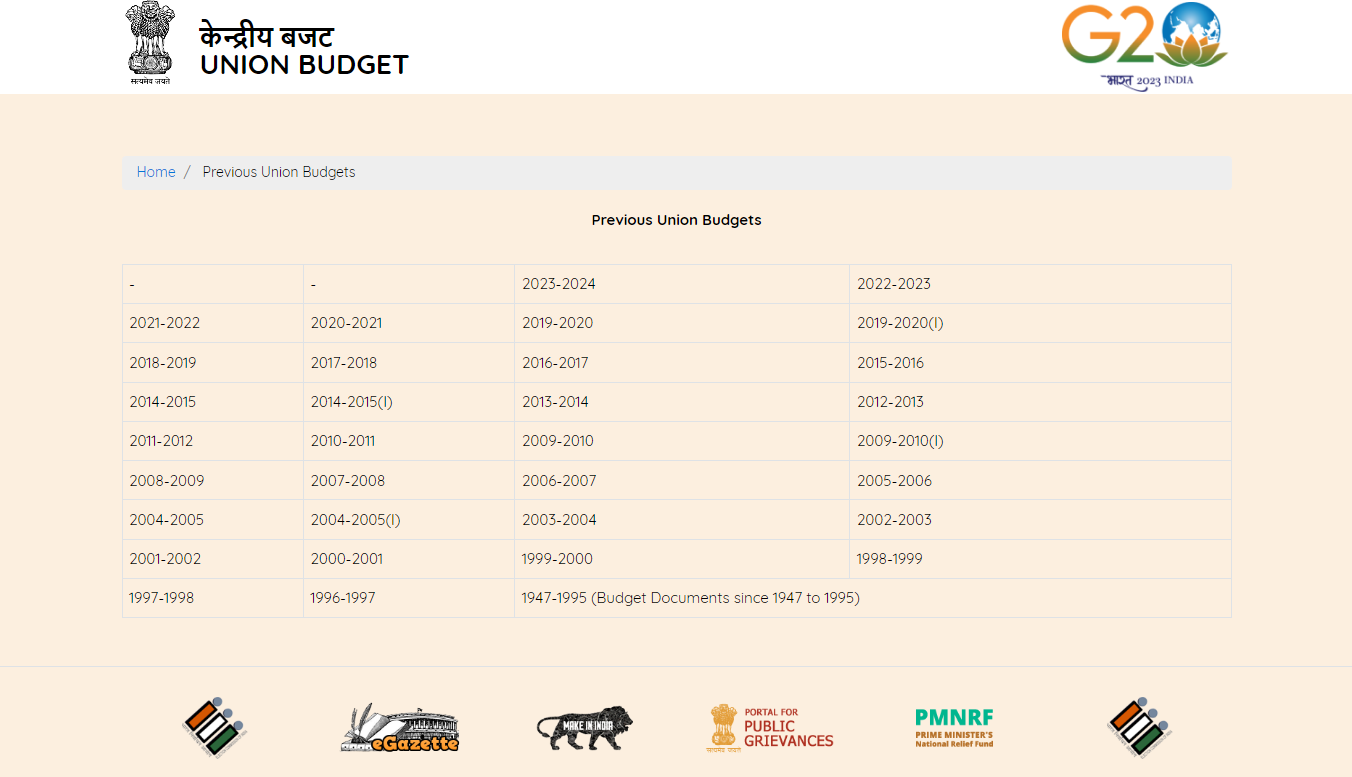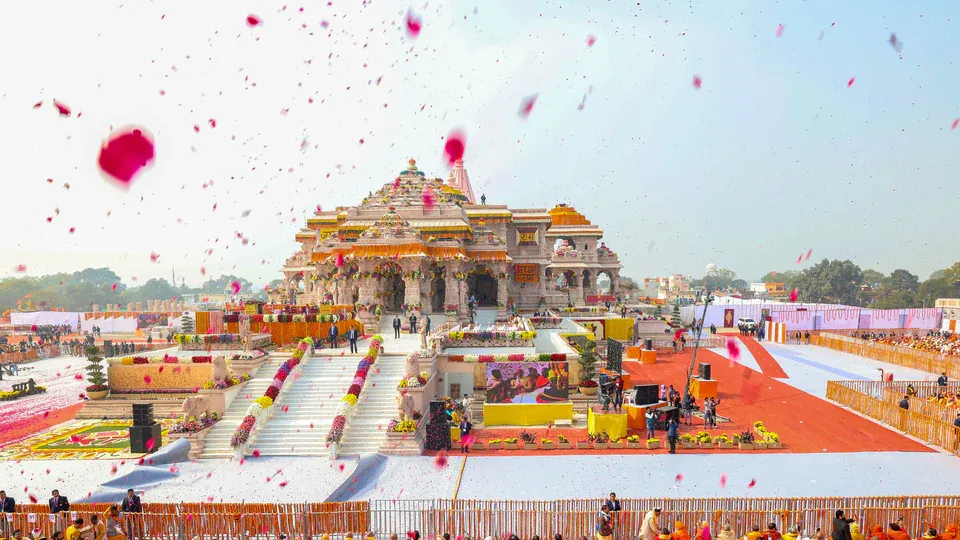Table of contents
Cultural significance of Women
Women were considered mother goddesses in the Vedic Era, resembling "Shakti," which represents life, with an immense aptitude for tolerance and sacrifice, and acquired a respectable and equally higher position in society.
According to Vedic Dharma (1), every woman, regardless of her status as a mother, individual, caste, race, religion, or age, or every female, has the power to civilize society by her sheer existence; due to that, she must be accorded the utmost respect and reverence.
Furthermore, the Vedic tradition places the highest emphasis on "women." It considers "women" a movement of several important qualities and powers. It strongly pushes for their safety and empowerment with equal rights, claiming that happy women bring prosperity to the environment.
Women in Vedic society thrived and attained a superior standing, a lesson for every growing individual to learn about how advanced our history was owing to the battles women encountered later in life.
Given Hindu literature confining women's roles to family and efficiently performing home duty, the traditional position of women became just a housewife later in the period, which is still followed and regarded in many parts of India.
She was addressed as an "Abla nari," a helpless, reliant woman.
The cultural struggle of women in India
From the Vedic civilization, women's standing has evolved dramatically, from attaining the highest status to culturally battling and struggling for basic human rights and necessities in society.
Throughout the developmental period ahead of traditional culture, women were mostly disregarded in professional life. Patriarchy also fostered a bias that women were incompetent professionals and could only conduct household tasks.
For generations, women were denied an adequate education from the outset. Women's empowerment was confined to formalized system participation, which resulted in financial dependence on men in the family.
Financial dependency gave male family members an advantage over their female counterparts, where the men make all decisions. To understand male domination over women, look at these concepts:
- Overlook in daughter's schooling
- The husband manages the costs
- Decisions based on male dominance in the family
- Male counterparts have power over their female counterparts' social and sexual lives
- Men employees are dismissive of women's ability and advancement
Women had less exposure to facilitating education, job, training, and entrepreneurship, as well as the power to control their sexual life when it came to being a mother and making choices about their child's development and life.
Women faced significant challenges in the Indian ecosystem. They progressed from high status to dependent housewives before regaining their independence and becoming vital to humanity's existence, even in the workplace.
Nowadays, women have had a big influence across numerous industries in the Indian Economy and the family, despite the odds stacked against them in the form of prejudices and presumptions in the entrepreneurial MSME segment.
They also had trouble starting their businesses, and scaling them was even more difficult; with 20% of women-led businesses in India from total businesses, 80% comprised the micro-segment, and about 4% were in the medium segment.
The pandemic made it much more difficult for women entrepreneurs in India since the credit gap hampered their ability to scale. Around 8 million women-owned businesses in the country suffered a credit deficit of more than $158 billion during the pandemic.
Various obstacles pursued women in India to obtain money and higher interest due to the widening gender difference. It also led to other difficulties relating to unconscious sex discrimination and other social hurdles from the past.
But today, we are reliving how women should be treated in every household, with decision-making power, money-making power, and so on, all of which were liabilities in the past and are now in the hands of women. Society is transitioning from a dominant male culture to an equitable culture.
However, entrepreneurship in women's lives started in the past. But it was followed by very few, and if you believe that running a little kirana store is not women's entrepreneurship, you are wrong. It was India's first step toward women's independence.
The evolution of Women in India
It all started in the middle of the eighteenth century when women in India operated retail stores, kirana stores, small businesses, and other activities. During the mid-18th and early 18th centuries, more women gradually broke free from cultural limitations and began to soar into the spotlight.
Women were encouraged to launch small businesses from the comfort of their own homes. To supplement their family income, many began selling papad, pottery, bangles, and accessories such as bindis, which is still practiced in many parts of the country today.
Unfortunately, the value of education for women and girls was not widely recognized at the time, which was unimaginable to Indian society at the turn of the 18th century. Yet, the revolutionary Savitribai Phule and Jyotirao Phule pioneered the Indian women's emancipation campaign (2).
Their efforts led to the establishment of India's first girl's school in Pune in 1848. Later, in 1877, India saw its first female graduates, Chandramukhi Basu and Kadambini Basu, from Calcutta University, followed by Bombay University and others.
Families eventually began enrolling their daughters in school alongside their male children in various regions around India. Women's participation and contribution have been extremely visible since the 18th century and continue to be so today.
This also resulted in the establishment of women's entrepreneurship. Women took the initiative to learn new skills, invest, create substantial employment or other opportunities, identify a niche in the market, and perform employment skills on the same level as their coworkers.
Who is a women entrepreneur?
Women entrepreneurs are creative and innovative females who run a business or an enterprise that provides them with economic freedom while creating employment options for the community.
Women entrepreneurs have an intriguing position in the country's overall sustainable development. She can shape herself anyhow to meet the demands of becoming monetarily autonomous by adjusting herself to society's socioeconomic, financial, and psychological domains.
A woman entrepreneur owns a one-woman business, a privately owned company or union, or an investor in a public institution. This woman has the ability and confidence to set up, handle, and manage any project in an orderly fashion.
How Women Entrepreneurs are Shaping the Indian Startup Landscape
Women became heavily involved in the business sector in their early twenties, and their impact was noteworthy. However, it was first established in the 1990s when women employed new tactics to identify a place in the market and create significant jobs.
The Industrial Policy Resolution of 1991 emphasizes the importance of expanding women's entrepreneurial programs in India (0). According to the 1981 Census figures, there have been 1.5 lakh self-employed women in India, accounting for 5.2% of the country's total self-employed individuals.
Several factors, such as urbanization, women's educational status, and technological adoption, have all contributed to the transformation of settings and promoted the presence of women in economic development in both the unorganized and organized sectors, as well as on other platforms.
The position and function of women in India have altered tremendously, with the domesticated ladies who couldn't look beyond the well-being of their families suddenly awoken to action and have a strong desire to progress, which is reawakening their buried individuality.
The advent of liberalization, commercialization, and globalization in the Indian Economy has resulted in a drastic shift in tandem with women entrepreneurship in India.
Currently, women entrepreneurs are gaining prominence and are financially backed by banks and encouraged by families, in addition to vocational education, to help them climb the rungs of success in India.
Many successful business women entrepreneurs in India are executing excellently in their sector and leaving their success stories for society. The Indian government also implemented various initiatives, which we will review in detail in the following section.
The increasing engagement of women entrepreneurs has changed the demographics of business and economic growth in the country, with women-owned enterprises playing an active role in society and the Economy, inspiring academics to study phenomena.
Leading women entrepreneurs in India
- Kiran Mazumdar Shaw, founder & CEO of Biocon Limited (3)
- Chitra Gurnani Daga, founder of Thrillophilia.com (4)
- Falguni Nayar, co-founder of Nykaa (5)
- Vandana Luthra, founder of VLCC (6)
- Upasana Taku, co-founder of MobiKwik (7)
- Shahnaz Husain, founder of The Shahnaz Husain Group (8)
- Suchi Mukherjee, founder of Limeroad (9)
- Aditi Gupta, founder of Menstrupedia (10)
- Divya Gokulnath, co-founder of BYJU'S (11)
- Radhika Ghai Aggarwal, co-founder of Shopclues (12)
Women are progressively dominating activities such as entrepreneurship, commerce, science, and technology in India today. There are still some big barriers to close before women attain parity with males.
In the early stages of their businesses, women entrepreneurs face several gender-based barriers, such as marital status, inheritance rights, discriminatory ownership, and societal and cultural practices to access formal finance channels and other mobility alternatives.
But, no matter how rocky the terrain or how difficult the road is, women entrepreneurs in India at all phases, not only the ones named, and even those sitting in the kirana, are an inspiration for breaking the mold and doing what suits them best.
Impact of Women entrepreneurs on the Indian Economy
Women-led enterprises account for 20.37% of the Indian MSME sector, which employs 23.3% of the labor force. Women entrepreneurs own over 15.7 million businesses, which employ around 27 million people.
Women entrepreneurs are the Indian Economy's backbone. Researchers also anticipate increasing female labor-force participation may boost the national economy by USD 770 billion, or 18% more than the global GDP by 2025.
Women-led businesses are predicted to grow by 90% over the next three years, thanks to an increase in the number of women entrepreneur startups and the development of an inclusive work culture.
Nostalgic for the significance of women in Vedic culture returns to reality.
There are now more than 15.7 million women-led businesses, demonstrating that women can rise significantly and could be a big game changer for the MSME sector.
With 432 million working-age women in India, women-led businesses provide a significant economic boost for India. Indian women are self-sufficient and driven to build their "own" businesses, an in-built quality that only requires some wings to fly.
In the following decades, India will see a significant transition with women dominating the workforce and influencing and upgrading the country's future, with over 30 million additional women-owned businesses predicted to offer 150-170 million jobs by 2030.
Women entrepreneurs are the game changers fueling a more optimistic economic outlook than ever before.
Government policies for Women Entrepreneurs in India
The Government of India has empowered women entrepreneurs through several initiatives launched so far for sustainable business growth and development, with many women in India benefiting greatly from these schemes.
The overall number of women beneficiaries increased by 43% between FY21 and FY22, totaling 39,154 under the Prime Minister's Employment Generation initiative. Similarly, there are other such policies that we are about to discuss, so please read carefully.
Under the Public Procurement Policy, which requires government departments and public enterprises to buy a minimum of 3% of their goods and services from women-led units, the overall number of women beneficiaries increased by 105% between FY21 and FY22.
The number of women entrepreneurs in India has increased from 13,640 in FY21 to 23,734 in FY22, attributable to the Entrepreneurship Skill Development Programme led by the Government of India.
If you are a women entrepreneur looking to start a business in India, here are several government initiatives that will help you get through the stress and benefit the most:
- Integrated Rural Development Programme (13)
- Mahila Kisan Sashaktikaran Pariyojana (14)
- Training of Rural Youth for Self-Employment (15)
- Trade Related Entrepreneurship Assistance and Development (16)
- Khadi And Village Industries Commission (17)
- Vocational Training Programme for Women (18)
- Support to Training and Employment Programme for Women (19)
Case Study of the first Women Entrepreneur of India
This is not an official case study, but as women, we thought you'd enjoy reading "HER" story to aid in maintaining your focus on the point and understanding how she overcame the societal standards that made women an "ABLA NARI" to become the first Women Entrepreneur of India.
Her journey began in the small town of Maharashtra, where she was born into a "Dalit" family when it was more difficult for girls to achieve educational freedom, and the caste system was widely considered.
Her father worked as a policeman in the local village cops and decided to send her to a village school. She was a bright student who became a victim of discrimination, a nasty element of our culture that persists today (at least not on that level).
She was from a "Dalit" family and was never allowed to take part in her school's annual celebrations; also, the other student's parents used to chastise their children for engaging with her since she belonged to a particular caste (to be precise).
Because of societal pressure to marry minors (girls), she was married at 12 to a man from the slum of Mumbai and lived with his other in-laws. She was treated cruelly like a maid and suffered a lot of starvation, changing her into a walking corpse.
When her father visited her after six months, he was astonished and could not recognize her as he saw his daughter on the point of death. But her father cared for her, bringing her back and ending the marriage.
She tried to continue her studies after returning home from such a traumatic incident, but as usual, she was met with self-proclaimed accusations from society. With taunting and needless comments from the incident, that put her entire family under pressure.
She then chose to end her life by ingesting poison, but she was caught and rescued by her family members. But, the suicide attempt made her realize how valuable her life is, and she then determined to accomplish something significant.
She subsequently persuaded her parents to go to Bombay to her uncle's house, where she began her first job at INR 2 in a garment factory, mastered the art of running a sewing machine, and rose to a senior tailor, earning a respectable wage.
Things were just getting back on track until she lost her sister because her family couldn't afford her treatment. She then realized the value of money and was dissatisfied with her regular employment from which she couldn't even save her sister, so her mind devised a means for her to be "an entrepreneur."
She learned about a government loan for a "Dalit" scheme on a radio show and registered for it. After a few months, she acquired funds to begin her business, and the first thing she did was install some sewing machines and started working 16 hours a day herself.
She used the profits from her business to buy some business furnishings to create an effective representation and eventually built a reputable name in Bombay.
She later married Samir Saroj, a businessman active in the steel furniture business, when she was 22 years old, and they went on to have two children happily.
But unfortunately, her husband died young.
Then, one day, a man approached her with a request to buy his land for 2.5 lakhs because he was in legal problems and needed money quickly, for which she arranged the funds, settled the legal struggle, and acquired the land.
After a while, the price of that same land rose to fifty lakhs, encouraging her to pursue the real estate and construction sector.
Then out of nowhere, The Kamani Tubes worker's union approached her with large debts and acquired their firm after being impressed by her skills and learning about her voyage.
Kamani Tubes is a meal-generating enterprise founded in 1960 but closed in 1985 due to a disagreement between management and the workers' union.
The Kamani Tubes worker's union sought her to head the company because they had not received their wages for three years and felt she was the right person to justify their value.
She was nervous, but the plight of 3,500 workers prompted her to take on this challenge, and she could empathize with them. After a while, Kamani Tubes began to sail effortlessly back to profitability under her leadership.
She is now engaged in various social welfare activities and was awarded the "Padma Shri" in the field of Commerce and Industry in 2013 and the "Ninth Rajiv Gandhi" award for Women Entrepreneurs in 2006.
She is now a globally recognized entrepreneur and regarded as India's first Women Entrepreneur.
She is Kalpana Saroj.













